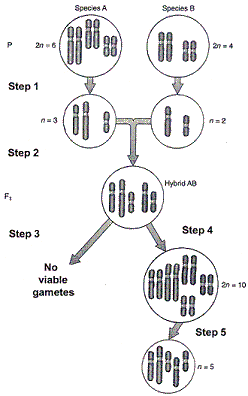What is the epiphysis of a long bone?
A. enlarged end of the bone
B. central shaft
C. cavity within the diaphysis
D. compact bone
Answer: A. enlarged end of the bone
You might also like to view...
Did your problem-solving process lead you to the correct answer? If not, where did the process break down or lead you astray? How can you revise your approach to produce a more desirable result?
What will be an ideal response?
The end result of the process in Figure 20-1 is:

a. sympatric speciation.
b. allopolyploidy.
c. hybridization.
d. rapid speciation.
e. All responses apply
Y. pestis is transmitted by___
A. Fleas only B. Fleas and rodents C. Fleas and respiratory droplet D. Rodents, fleas and respiratory droplet E. Rodent fleas
The formation of the bivalent during meiosis
A. contributes to the genetic diversity of a species. B. ensures that the resulting haploid cells will have the same combination of homologous chromosomes as the original diploid cell. C. occurs during meiosis I and meiosis II. D. aids the alignment of sister chromatids in a single row along the metaphase plate. E. is required for the pairing of homologous chromosomes.